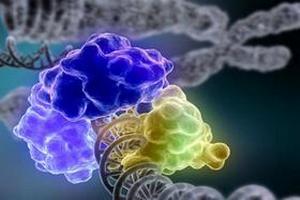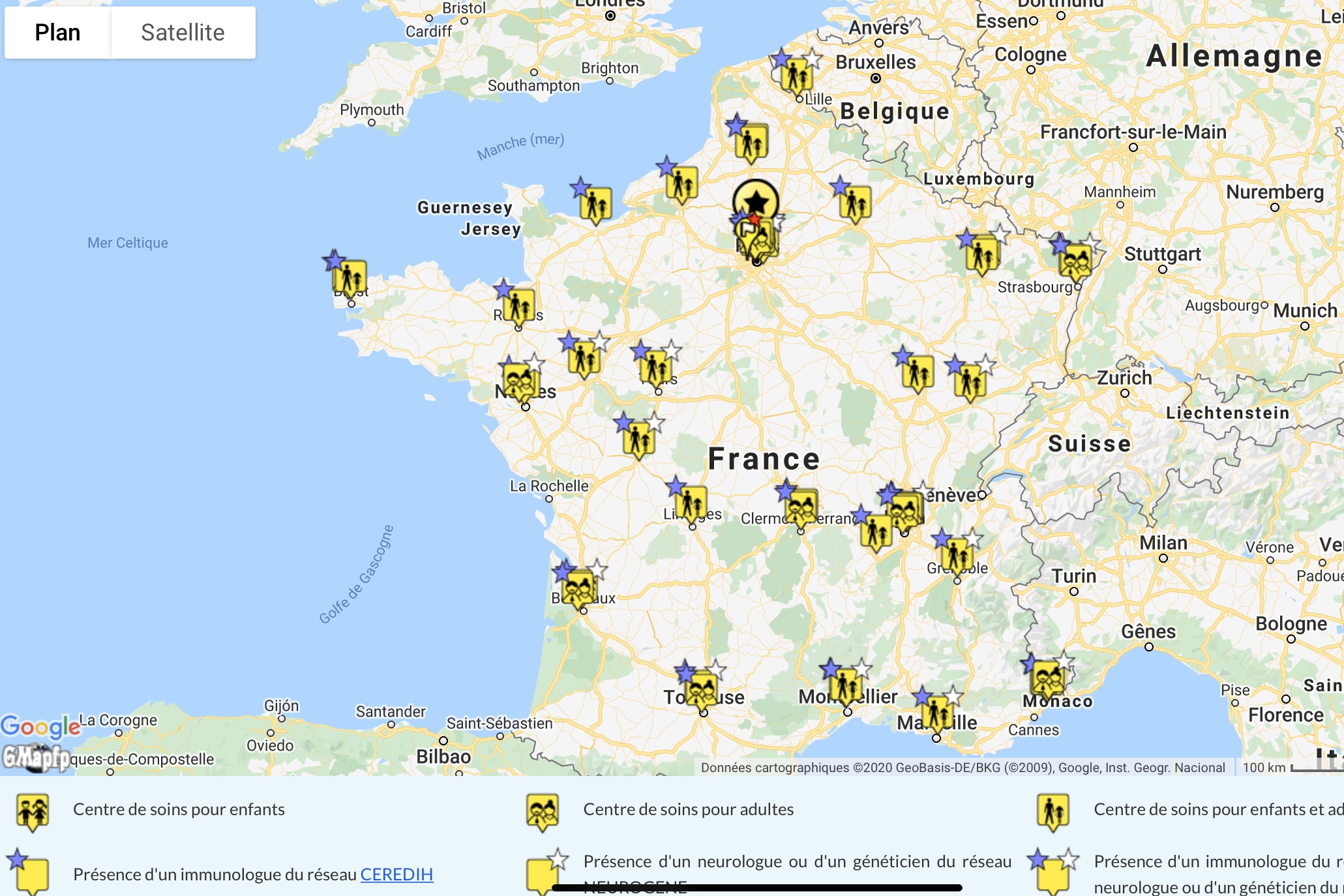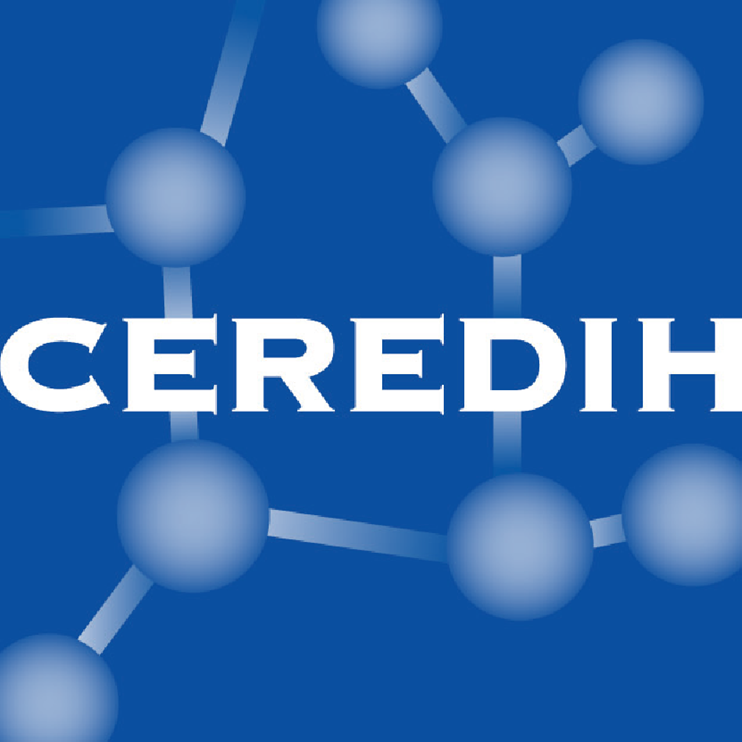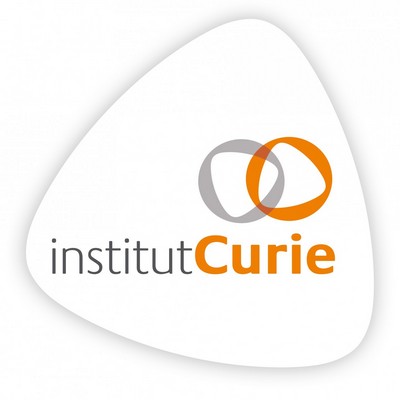The Speech and Language Pathologist (SLP) will soon have a crucial role in the management of ataxia telangiectasia. Indeed, he is the one who will intervene in the problems of speech and swallowing caused by neurological deterioration in this disease. >
Swallowing
For swallowing, speech therapist's role will revolve around three objectives:
- The safety of swallowing
- The ability to ingest sufficient food quantities
- Keep the pleasure of a meal
Working with a physiotherapist and a dietitian is desirable.
Around a work of rehabilitation which aim, again, at maintaining skills without trying in vain to correct what is already installed, some simple recipes will allow to get some results. They are detailed in Chapter "Eat" .
Salivation
To avoid the problem of saliva coming out of the mouth, the patient with AT should be reminded to swallow often.
He can also wear sponge bracelets, like those worn by the athletes, to wipe himself.
Finally, drugs exist to control the problems of excessive salivation whose efficacy and tolerability varies.
Speech and langage
We saw in Chapter Speech how language and sometimes understanding disorders can affect communication for patients with AT.
Work on breathing or on mobility and strength of mouth's muscles can sometimes give some improvements, but their long-term outcome is not evaluated in ataxia telangiectasia.
However, learning of adaptation techniques to counteract the first disorders such as dysarthria for example is very useful. This may include:
- to learn to remember or to use only the important words in a sentence. For example, say "drinking water" instead of "I would like some water please." This technique must be mastered before the language difficulties become important or fatigue is high.
- Similarly, when asked a question, for example in the case of an lerning session, an AT patient may have difficulty finding a word. This is not a problem of knowledge but of brain work. It may be useful to give a description of it or the first syllable.
- Closed questions are preferable (answer "yes" or "no")
- When it comes to making a choice among several complex proposals, assign a number to each proposal allows the patient with AT to respond only by giving a number.
- For the patients who are aware of their communication difficulties, making a small gesture indicating the audience to wait gives the patient the time to make his sentence.
- Language support systems that allow, by pressing words and pictures on a touchscreen, to synthesize voice are not unfortunately of a great interest for AT patients: they assume in fact a good motion and view control. This is not quite the same with the keyboard of a computer provided the hands fit snugly over, so that only the fingers have to move. Learning the place of the keys on the keyboard should also be started early not avoid painful visual research. (See " Keyboard ")
Keeping in mind that man should not fight against something that is not correctable, risking to generate unnecessary efforts and fatigue, the work of the SLP should be to maintain existing capacity and develop effective communication skills.






